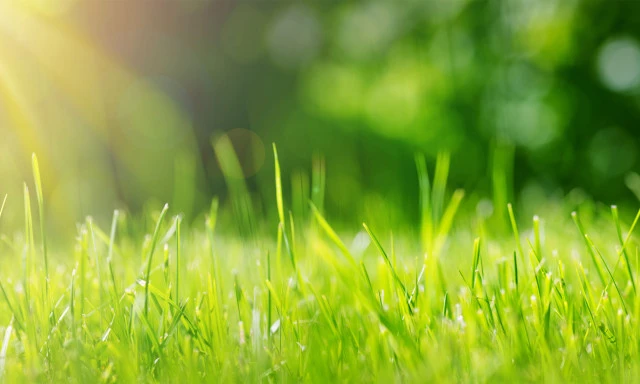Fertiliser For Buxus and Other Hedging Plants
Because Buxus and other hedging plants, are regularly shaped, trimmed and pruned, which removes nutrients, they need fertiliser several times a year to maintain vibrant new foliage.
The main effect from Buxus, and other hedging is the green foliage which requires nitrogen (N) for growth and magnesium (Mg) for production of the green pigment chlorophyll. The hedge will also need strong roots which benefit from phosphorus (P); potassium (K) is important in many aspects of plant growth including protein synthesis, photosynthesis and immune systems.
Liquid fertilisers are not recommended as they encourage a rapid burst of growth that needs to be trimmed off to maintain shape.
Use:
- Kiwicare PLANThealth Buxus Feed - NPK 10 - 4.3 - 14.2 plus trace elements (S, Mg, Ca)
- Standard urea-based granules - NPK approx. 10 - 6 - 4 + Mg
When to Apply Fertiliser
The fertiliser is best applied in spring as routine fertilisation. A healthy boxwood's uniformly green leaves remain on the plants for three years. However, if the Buxus or other hedging plant is showing symptoms of nitrogen deficiency such as If they begin dropping leaves sooner or if the lower foliage begins yellowing, thinning and deepening to bronze in winter, the plants may be suffering from nitrogen deficiency and fertiliser should be applied.
Calcium (Ca) in Kiwicare PLANThealth Buxus Feed helps root and shoot development and resistance to Buxus Blight disease.
How to Apply Fertiliser
Buxus have shallow roots which could be burned by fertilisers. Apply mulch over the roots first and then apply the granular fertiliser and the drip line (where rain drips off foliage onto the soil). Also, check that the pH of the soil is about neutral (6.5 – 7.2). Adjust the soil pH by adding lime to the soil if the pH is below 6.5 and sulphur if the soil pH is above 7.2. See more on adjusting soil pH.
See more on the general care of shrubs including Buxus and other hedging.
David Brittain
Kiwicare


